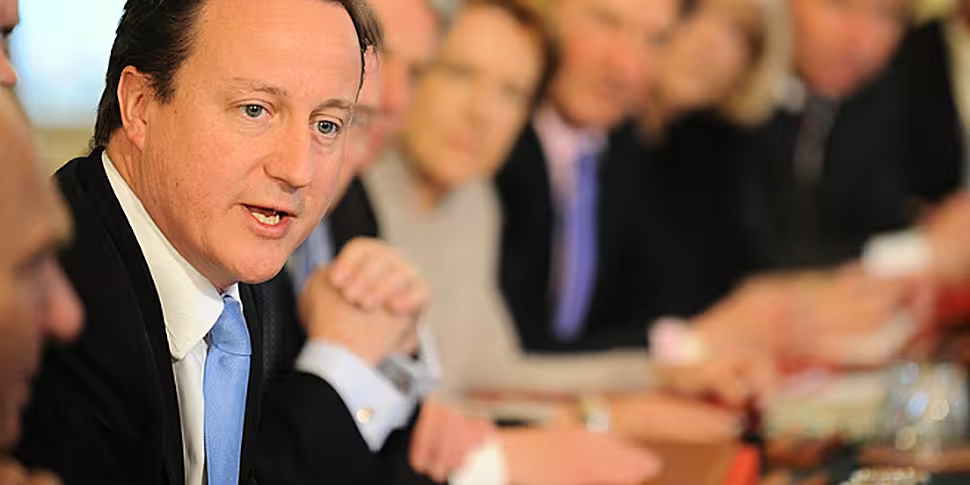British prime minister, David Cameron will announce the creation of two rapid-reaction 'strike brigades' to deal with the threat of Islamic State (IS) and his government's commitment to buying new defence equipment when he presents the 2015 Strategic Defence and Security Review (SDSR) in the House of Commons later today.
This morning Mr Cameron has given the French Air Force the use of Britain's RAF base in Cyprus as he said the UK will do "all in our power" in the war against IS.
Mr Cameron, will return to London later in the week to make the case for airstrikes against IS in Syria, he has said the strategy was based around "an understanding that we cannot choose between conventional defences against state-based threats and the need to counter threats that do not recognise national borders."
"Today we face both and we must respond to both," he wrote in the foreword to the SDSR.
"So, over the course of this Parliament, our priorities are to deter state-based threats, tackle terrorism, remain a world leader in cyber security and ensure we have the capability to respond rapidly to crises as they emerge."
Major announcements will include the two new 'strike brigades' each made up of around 5,000 troops.
A total of 138 F-35 stealth jets will be bought. The first 24 will be flying off the UK’s new aircraft carriers by 2023.
Eight Type 26 Global Combat Ships will also be purchased to replace the ageing Type 23 Frigates.
HMS Ocean, a helicopter carrier and the current flagship, will be scrapped to make savings.
The review will raise questions over staffing. After so many redundancies made after the 2010 SDSR, the British navy has been left without enough sailors to operate both aircraft carriers when they become operational towards the end of the decade.
The Royal Air Force will benefit from nine Boeing P8 Poseidon maritime patrol aircraft to finally replace the Nimrod which was controversially scrapped as part of the last SDSR in 2010.
Britain has recently been forced to ask allies such as the US, France and Canada for help finding Russian submarines sailing close to British waters.
The P8s will be based at RAF Lossiemouth in the north of Scotland but won't be ready until 2020. In the meantime the US might provide cover for the UK in an agreement that would see RAF pilots train on US aircraft.
The RAF’s armed drone fleet will also be doubled from 10 aircraft to 20.
The lifetime of the Typhoon fighter jets will be extended by 10 years through to 2040. This will create two additional squadrons, taking the total to seven.
The total equipment budget will be £178bn (€254bn) - £12bn (€17bn) more than its current level.
The Government will restate its intention to retain a constant at sea nuclear deterrent by replacing the four Vanguard submarines that carry the Trident nuclear missiles.
However, the cost of this commitment will be revised from £20bn up to £30bn, giving further ammunition to those who oppose such an expensive outlay.
In light of the attacks in Paris, the Government has already revealed some of the detail including £2bn of extra money for the Special Forces, £1.9bn over five years for GCHQ and 1,900 extra spies for the intelligence agencies.









